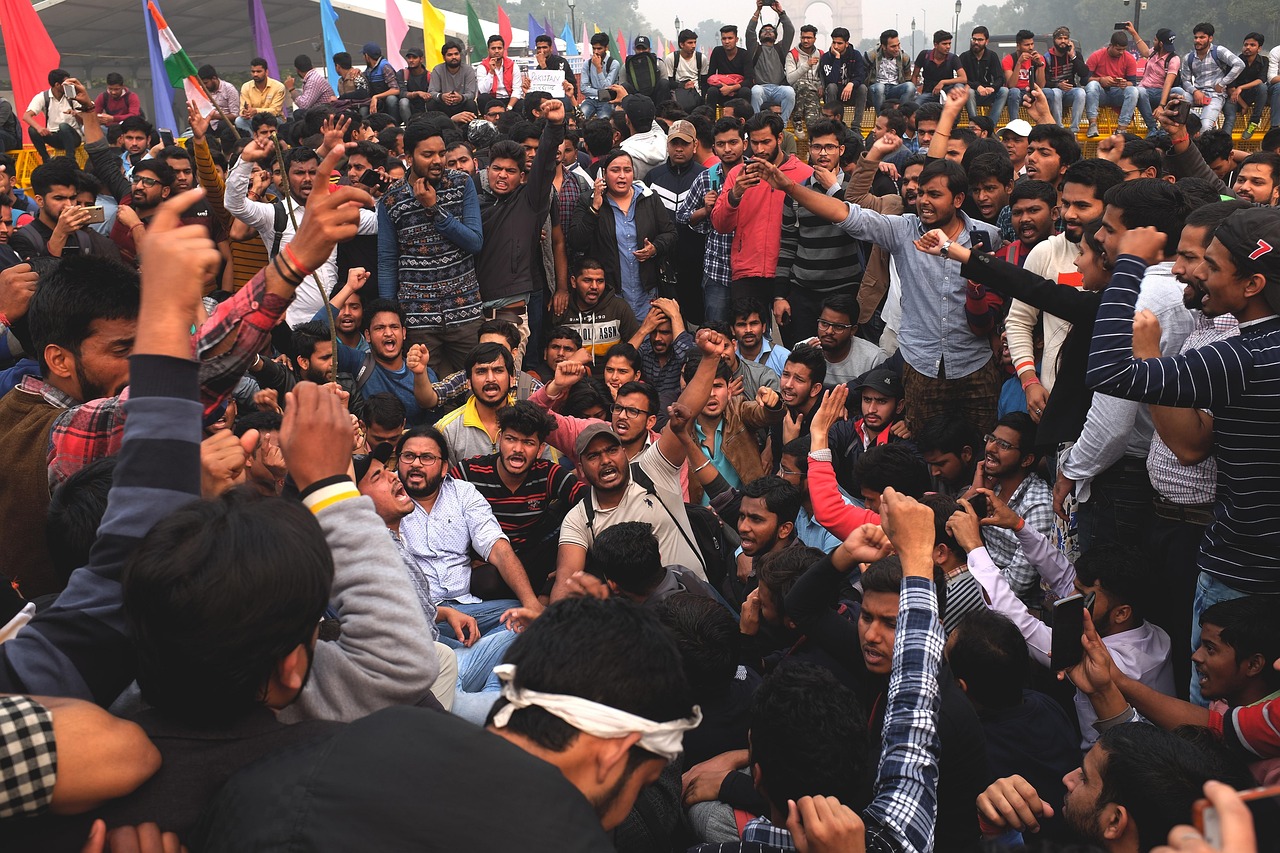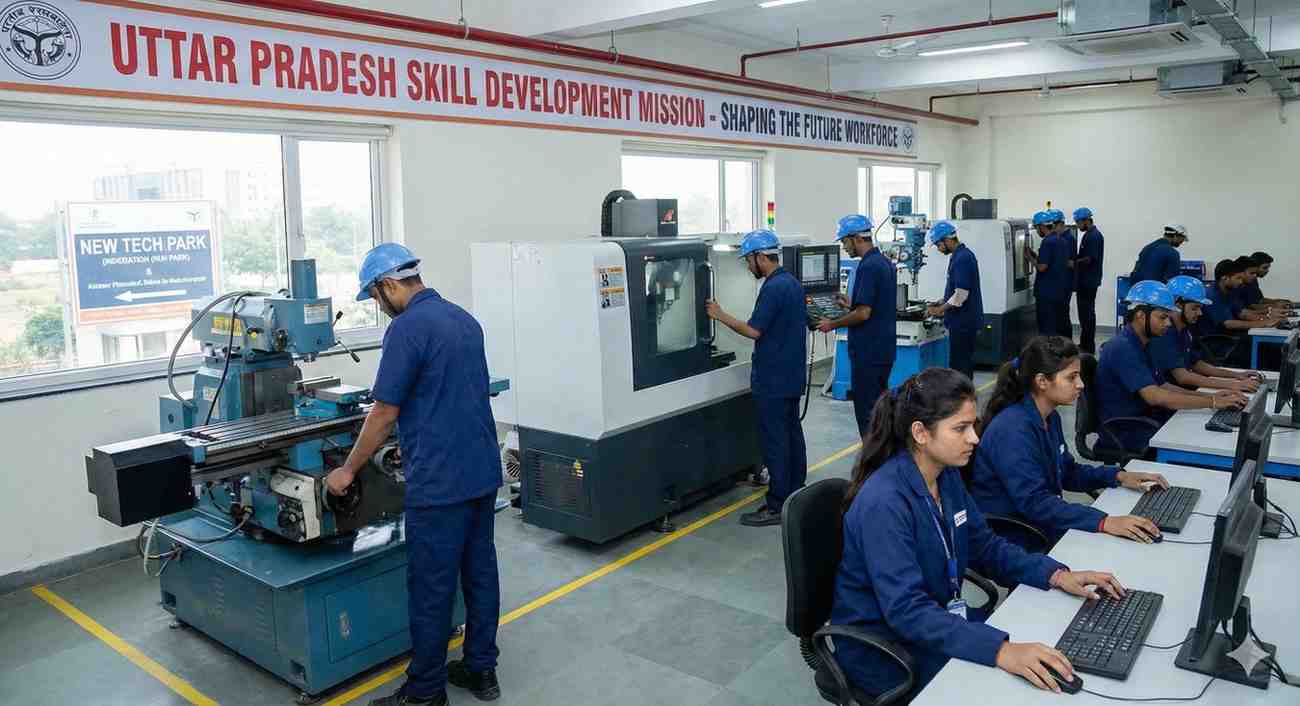
The Dance of Democracy: Celebrating India’s Political Evolution
Exploring the Milestones, Challenges, and Aspirations of the World’s Largest Democracy
Key Metrics:
- Voter Turnout: India recorded a voter turnout of 67.4% in the 2019 general elections, a historic high for the nation.
- Electoral Reach: Over 900 million registered voters participated, with 1 million polling stations across the country.
- Women’s Representation: Women constitute only 14% of the Lok Sabha, despite comprising nearly half of the population.
- Youth Participation: Only 13% of Members of Parliament are under 40, though 65% of the population is below 35.
News Body
India’s democracy is a vibrant dance of diverse voices, deep-rooted traditions, and modern aspirations. From its inception in 1947 to its current role as a global democratic powerhouse, the nation has navigated complex political terrains, adapting and evolving while staying true to the principles enshrined in its Constitution.
As the largest democracy in the world, India’s political journey reflects both remarkable achievements and enduring challenges, shaping the country into a dynamic tapestry of governance, inclusivity, and resilience.
The Foundations of Democracy
India’s democratic framework was forged in the aftermath of colonial rule, with leaders like Mahatma Gandhi, Jawaharlal Nehru, and Dr. B.R. Ambedkar laying its foundations. The adoption of universal adult suffrage in 1950 was a revolutionary step, empowering every citizen, regardless of caste, gender, or economic status, to participate in nation-building.
This inclusivity has been the cornerstone of India’s democratic identity, enabling the country to hold regular elections and maintain a stable political structure even in times of crises, such as wars, economic downturns, and social unrest.
Milestones in Political Evolution
Over the decades, India has achieved several democratic milestones. The Green Revolution of the 1960s, driven by democratic policy-making, transformed the nation’s agricultural landscape. Similarly, social reforms like the Right to Information Act (RTI) and Mahatma Gandhi National Rural Employment Guarantee Act (MGNREGA) have empowered citizens to hold governments accountable and demand their rights.
At the grassroots level, the introduction of the Panchayati Raj system has decentralized governance, giving rural communities the power to shape their development agendas.
Challenges in Representation
Despite its progress, India’s democracy faces critical challenges. Women, who comprise nearly 50% of the population, hold only 14% of the seats in the Lok Sabha. While over 1.3 million women serve in local governance roles, their representation at higher levels remains dismally low. The stalled Women’s Reservation Bill, which proposes reserving 33% of seats in Parliament for women, exemplifies this gap.
Youth participation is another area of concern. Although India is one of the youngest countries globally, with 65% of its population under 35, only 13% of its MPs are below 40. Structural barriers, high campaign costs, and a lack of mentorship discourage young leaders from entering politics.
Electoral Challenges and Reforms
India’s elections, often referred to as the “festival of democracy,” are a logistical marvel. However, issues such as the influence of money power, polarization, and criminalization in politics continue to undermine the electoral process. According to the Association for Democratic Reforms (ADR), 43% of MPs in the 17th Lok Sabha have declared criminal cases.
Reforms like the introduction of VVPATs (Voter Verifiable Paper Audit Trails), campaign finance regulations, and stricter electoral monitoring aim to enhance transparency and accountability. Yet, their implementation remains inconsistent, requiring more robust enforcement.
A Vision for the Future
India’s democracy is an ongoing journey, a dance that balances tradition with transformation. To ensure its continued vibrancy, the nation must address challenges in representation, inclusivity, and accountability. Empowering women and youth, strengthening grassroots governance, and promoting ethical politics are critical to achieving this vision.
Conclusion
The evolution of India’s democracy is a testament to the resilience and aspirations of its people. As the nation continues to navigate the complexities of governance, its ability to adapt and innovate will determine the strength of its democratic ideals.
The dance of democracy in India is far from over—it is a dynamic and evolving process, celebrating the diversity and spirit of its citizens while striving for a more equitable and inclusive future. Through this intricate dance, India reaffirms its position as a beacon of democratic values in a rapidly changing world.


